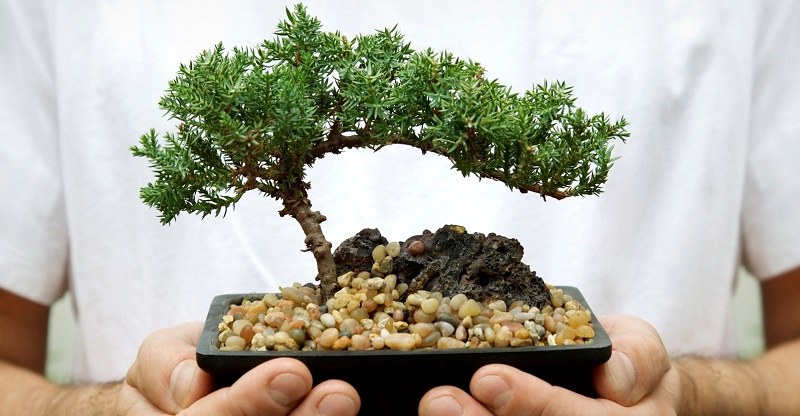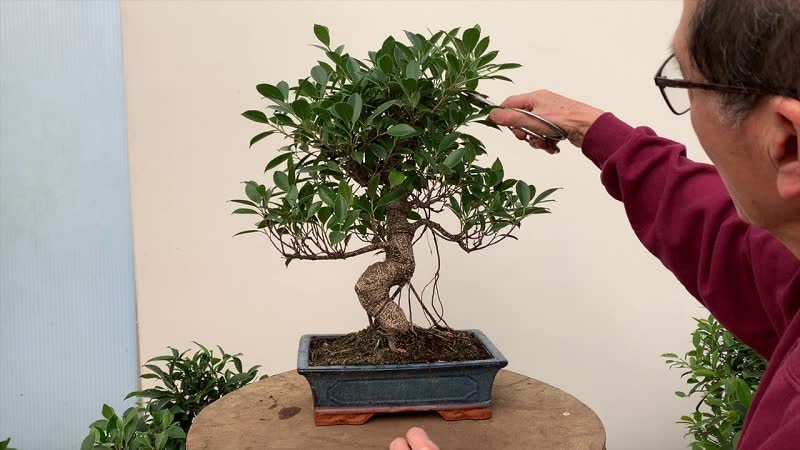Unlocking the Secrets of Bonsai Plant Care
Bonsai plants are a unique and captivating form of horticulture that requires a deep understanding of their specific needs. To thrive, these miniature trees demand careful attention and a tailored approach to their care. Learning how to care for bonsai plants is an art that involves mastering the delicate balance of light, water, and nutrients. By grasping the fundamental principles of bonsai care, enthusiasts can unlock the full potential of these stunning plants and enjoy a lifelong journey of discovery and growth. Whether you’re a seasoned horticulturist or a beginner, understanding the intricacies of bonsai plant care is essential to creating a thriving and beautiful miniature tree.
Choosing the Right Environment for Your Bonsai
Creating an ideal environment is crucial for the health and well-being of bonsai plants. To thrive, these miniature trees require a delicate balance of temperature, humidity, and lighting. Understanding how to care for bonsai plants begins with recognizing the importance of a suitable environment. A temperature range of 65-75°F (18-24°C) is ideal for most bonsai species, with some tolerance for fluctuations. Humidity levels should be maintained between 40-60% to prevent water stress and promote healthy growth. Lighting is also critical, with most bonsai plants requiring bright, indirect light to photosynthesize effectively. By carefully controlling these environmental factors, enthusiasts can create a nurturing space that fosters the growth and development of their bonsai plants.
Watering Wisdom: The Key to Healthy Roots
Watering is a critical aspect of how to care for bonsai plants, as it directly impacts the health and vitality of the roots. Overwatering is a common mistake that can lead to root rot, while underwatering can cause stress and decline. To avoid these issues, it’s essential to develop a watering routine that meets the unique needs of your bonsai plant. Start by checking the soil moisture daily, using a moisture meter or the simple “finger test” to determine the level of hydration. Water your bonsai plant when the soil feels dry to the touch, usually every 2-3 days in the summer and less frequently in the winter. Avoid getting water on the leaves or trunk to prevent fungal diseases. By mastering the art of watering, enthusiasts can promote healthy root growth, reduce the risk of disease, and create a thriving bonsai plant.
Nourishing Your Bonsai: Fertilization and Nutrition
Fertilization plays a vital role in how to care for bonsai plants, as it provides essential nutrients for healthy growth and development. A balanced fertilizer with a ratio of 20-20-20 (nitrogen-phosphorus-potassium) is ideal for most bonsai species. Organic fertilizers, such as fish emulsion or compost tea, are also effective and environmentally friendly. When applying fertilizers, it’s essential to follow the manufacturer’s instructions and avoid over-fertilization, which can damage the roots and leaves. Fertilize your bonsai plant every 2-4 weeks during the growing season (spring-fall) and once a month during the dormant season (winter). Additionally, consider the specific nutrient requirements of your bonsai species, as some may require additional micronutrients like iron or magnesium. By providing the right nutrients, enthusiasts can promote healthy growth, vibrant foliage, and a thriving bonsai plant.
Pruning and Shaping: The Art of Bonsai Design
Pruning and shaping are essential skills for mastering how to care for bonsai plants. These techniques not only maintain the plant’s aesthetic appeal but also promote healthy growth and development. To prune your bonsai plant, use sharp, clean tools, such as scissors, clippers, or concave cutters, to remove any dead, diseased, or damaged branches. This process, known as “pinching,” encourages new growth and helps maintain the desired shape. When shaping your bonsai plant, consider the species’ natural growth patterns and styling options, such as formal upright, informal upright, or cascade. Regular pruning and shaping also help control the plant’s size, promote backbudding, and create a balanced, harmonious design. By mastering these techniques, enthusiasts can create stunning, one-of-a-kind bonsai plants that showcase their artistic skills and attention to detail.
Pest Control and Disease Prevention
When learning how to care for bonsai plants, it’s essential to be aware of common pests and diseases that can affect their health. Pests like spider mites, mealybugs, and scale can cause significant damage, while diseases like root rot, leaf spot, and powdery mildew can be devastating. To prevent infestations and infections, maintain good hygiene practices, such as regularly inspecting your plants, isolating new additions, and disinfecting tools. Organic control methods, like neem oil, insecticidal soap, and horticultural oil, can be effective in managing pest populations. For diseases, remove infected areas, improve air circulation, and adjust watering schedules to prevent moisture buildup. By being proactive and monitoring your bonsai plants regularly, enthusiasts can identify potential issues early and take corrective action to ensure the long-term health and success of their miniature trees.
Repotting and Transplanting: When and How
When learning how to care for bonsai plants, repotting and transplanting are crucial skills to master. These processes allow bonsai enthusiasts to refresh the soil, prune the roots, and provide a larger pot if necessary. Timing is essential, as repotting should occur during the dormant season or when the plant is experiencing slow growth. Select a well-draining potting mix specifically designed for bonsai plants, and choose a pot that is slightly larger than the previous one. During the transplanting process, gently remove the plant from its pot, taking care not to damage the roots. Prune any circling or dead roots, and then place the plant in its new pot, securing it with wire or twine if necessary. Post-transplant care involves monitoring the plant’s watering needs, providing adequate light, and fertilizing sparingly. By understanding the importance of repotting and transplanting, enthusiasts can ensure their bonsai plants receive the necessary care to thrive and continue to flourish.
Troubleshooting Common Bonsai Care Issues
Even with proper care, bonsai plants can still encounter problems. Yellowing leaves, for instance, can be a sign of overwatering, underwatering, or nutrient deficiencies. To address this issue, adjust the watering schedule, fertilize sparingly, and prune affected areas. Root rot, another common problem, can be caused by poor drainage, excessive watering, or fungal infections. Treatment involves repotting the plant in fresh, well-draining soil, pruning affected roots, and applying fungicides. Pest infestations, such as spider mites or mealybugs, can be managed by isolating the plant, spraying with insecticidal soap, and introducing natural predators. By understanding the causes and solutions to these common issues, enthusiasts can learn how to care for bonsai plants effectively and prevent future problems. Regular monitoring, prompt action, and a deep understanding of bonsai plant care principles are essential in maintaining the health and beauty of these miniature trees.





:max_bytes(150000):strip_icc()/caring-for-bonsai-trees-5082970-1-8b634f05993a4252925a0682ed7df41e.jpg)

/caring-for-bonsai-trees-5082970-1-8b634f05993a4252925a0682ed7df41e.jpg)